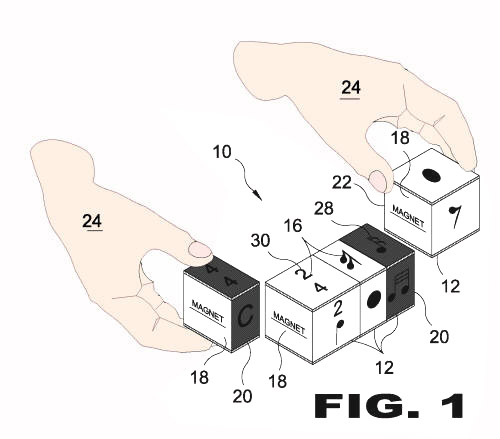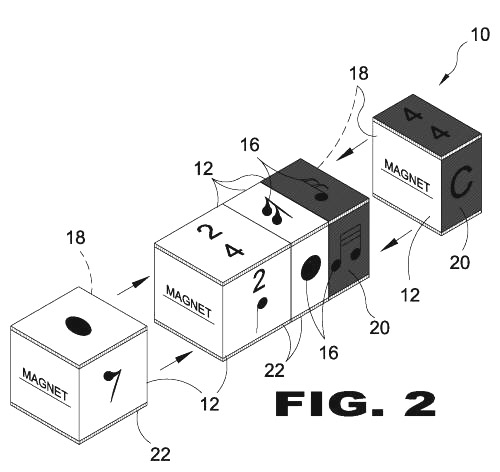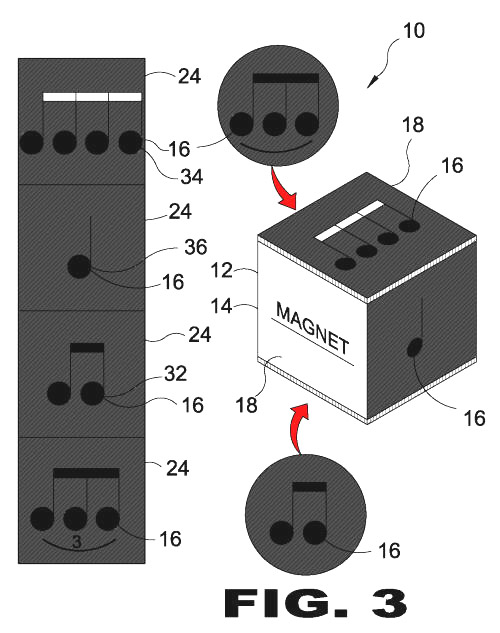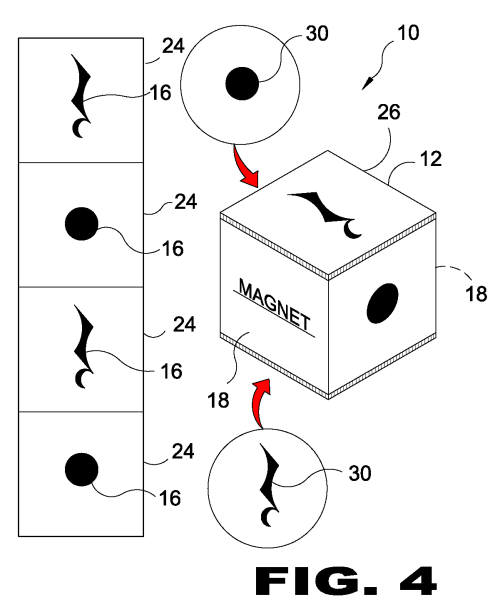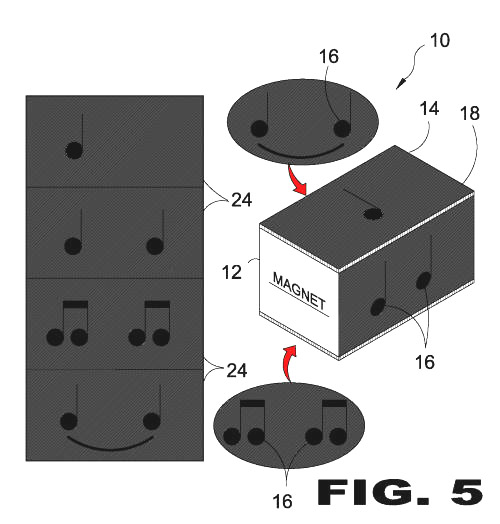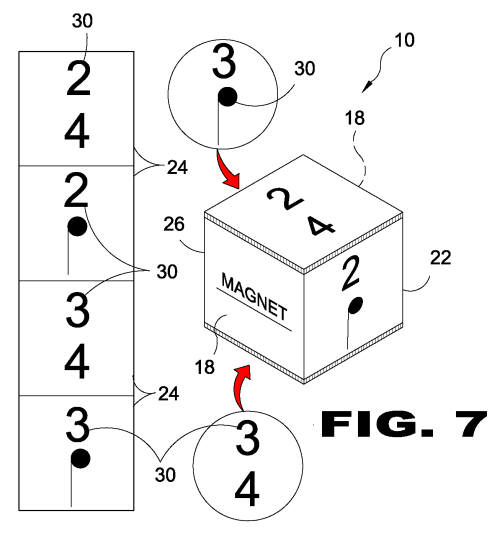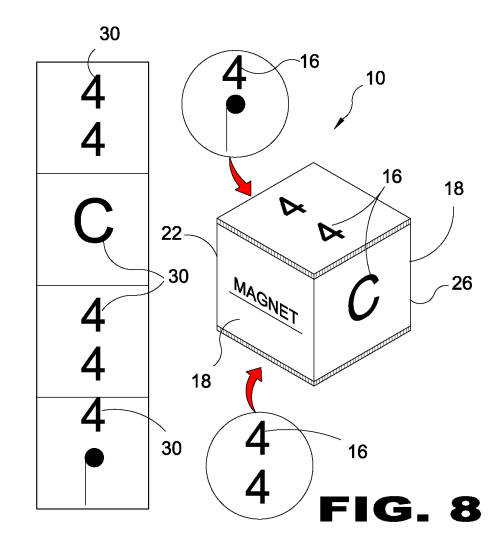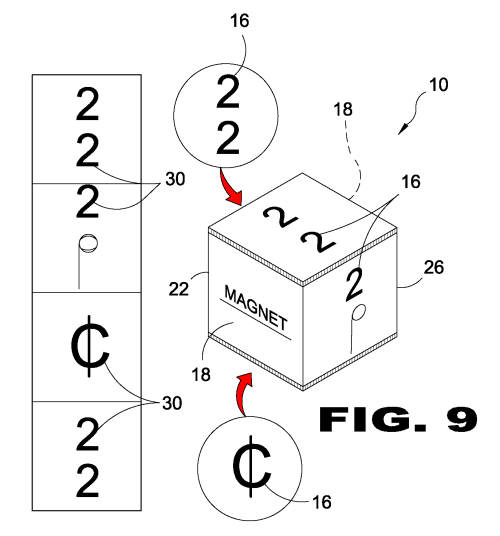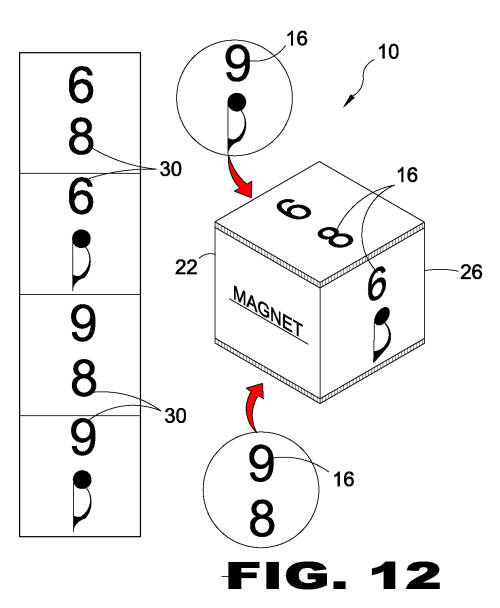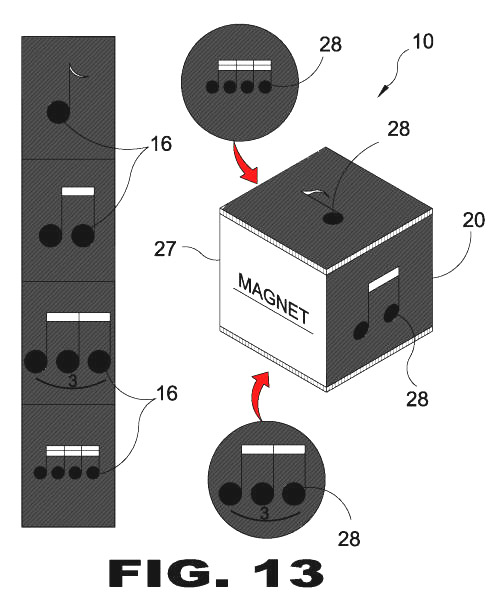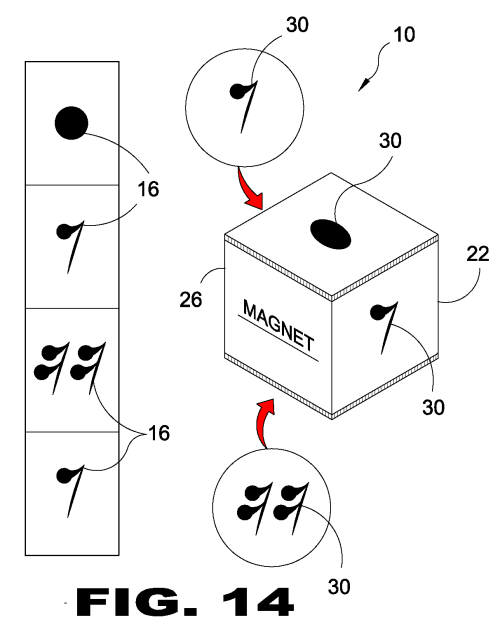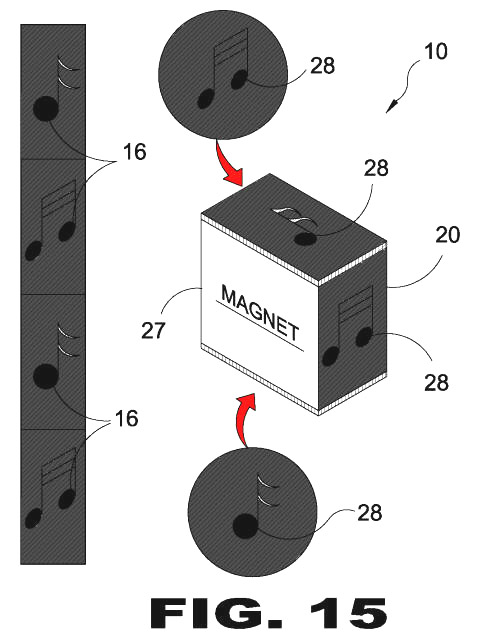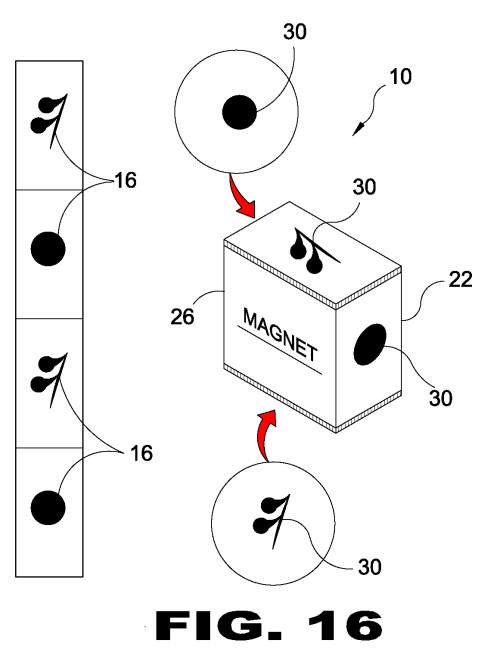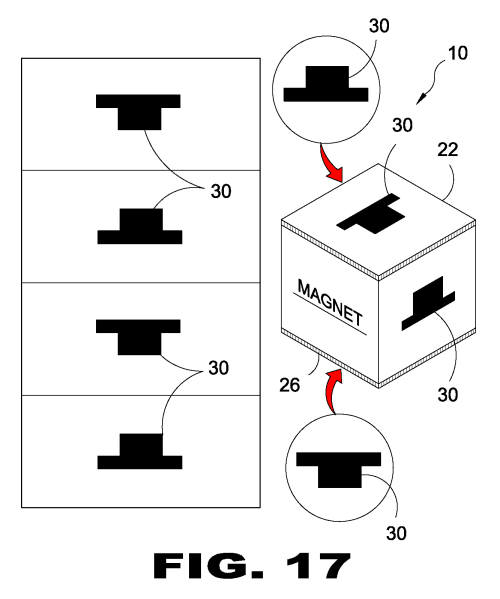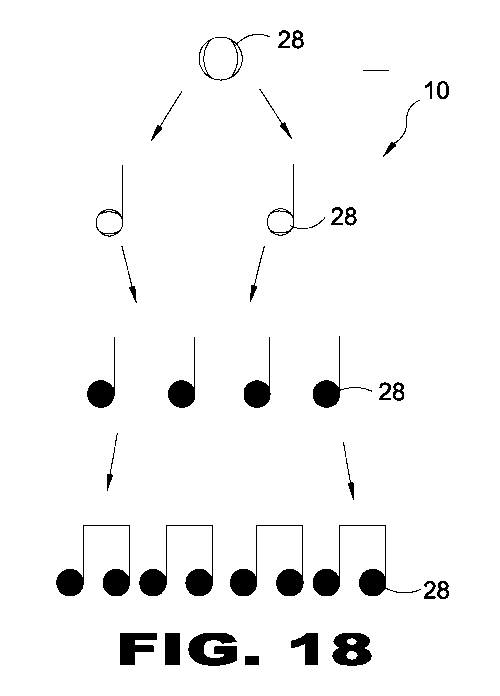As attorney for the inventor of the innovative new method for Teaching Musical Rhythm we are currently seeking investors and manufacturing companies to license, purchase patent rights or enter into a royalty agreement for this timely invention. Interested parties can reach the attorney at the contact numbers listed at the bottom of this page.
The present invention relates generally to teaching music and, more specifically, to a set of magnetically attached blocks marked for standard rhythmic notes and rest values for use in teaching the rhythmic system of music. A user may place appropriate blocks together to form musical sequences and practice educational exercises. On each block two opposing sides are fitted with magnets for connecting to one another. The blocks are either colored black to represent notes or white to represent rests. The remaining four sides of the primary blocks have markings that are based on the quarter note value and its rhythmic equivalent. Other blocks of the present invention make up a full set, representative of values such as eighth notes, sixteenth notes and their equivalents, while also varying in size, matching their rhythmic proportion to said primary blocks. Typically a complete set of the present invention consists of 50 blocks that can all be connected to one another magnetically.
Musical Blocks
The purpose of the musical blocks is to aid students to understand the rhythmic system. The primary blocks are based on the value of a quarter note. Each primary block has four sides symbolizing a quarter note and its rhythmic equivalent. Other blocks, making up a full set, represent other rhythmic values, i.e. eighth notes, sixteenth notes and their rhythmic equivalent. These blocks vary in size, matching their rhythmic value and always in proportion to the primary block.
Blocks are represented in two colors, black and white, imitating the piano keyboard. Black blocks represent value of the notes while white blocks represent value of the rests.
All blocks can be connected together by a magnet to create a musical line or phrase. A complete set consists of fifty blocks.
The set of blocks was designed specifically to accompany the book Rhythmic Diagrams - A Visual Approach. by Alicia Jonas, published by Contra.
Exercise 1
The Missing Block:
The teacher takes a measure of music and 'removes' one duration (a note or rest). The student then is required to search the blocks to find the 'missing' duration.
Exercise 2
Building a Tower:
Students construct a building of rythms starting with a whole note and successively building it up with progressively smaller values that add up to the original whole note.
Exercise 3
Polyphonic Music:
Students transcribe multi-lined (polyphonic) music into corresponding layers of blocks.
Game 1
Completing the Measure! (for two to four players):
Object: to 'fill in' a single measure with a variety of duration blocks.
All blocks are placed into a container, box, or bag so that the blocks can not be seen. First, a meter is chosen, (4/4, 6/8, 2/4, etc.), then each player takes a turn reaching into the container and removing one block. The player may not look into the container that contains the blocks but may of course feel for the size of a particular block. Each player takes a turn and gradually 'fills-in' the chosen measure. After all players have drawn a block in turn, a new round may start. Players continue taking blocks until the first player completes the measure and is the winner! The durations (represented by the blocks) must fill the measure exactly, and not exceed the measure. Players may choose not to 'use' blocks if they do not fit into the measure.
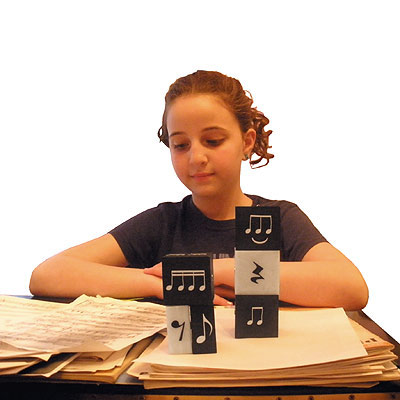
 About Alicia Jonas: Alicia Jonas is an experienced music educator, pianist and composer. She is a Graduate from the Warsaw Conservatory of Music, and was trained at The Juilliard School and Mannes School of Music in New York City. Alicia Jonas has lectured, performed and published internationally. She has participated as a judge in various auditions and contests. Ms. Jonas actively contributes to EPTA Piano Journal and has been recognized for her innovative training method by many distinguished musicians from respected institutions. She is also a certified Steinway Educational Partner.
About Alicia Jonas: Alicia Jonas is an experienced music educator, pianist and composer. She is a Graduate from the Warsaw Conservatory of Music, and was trained at The Juilliard School and Mannes School of Music in New York City. Alicia Jonas has lectured, performed and published internationally. She has participated as a judge in various auditions and contests. Ms. Jonas actively contributes to EPTA Piano Journal and has been recognized for her innovative training method by many distinguished musicians from respected institutions. She is also a certified Steinway Educational Partner. 